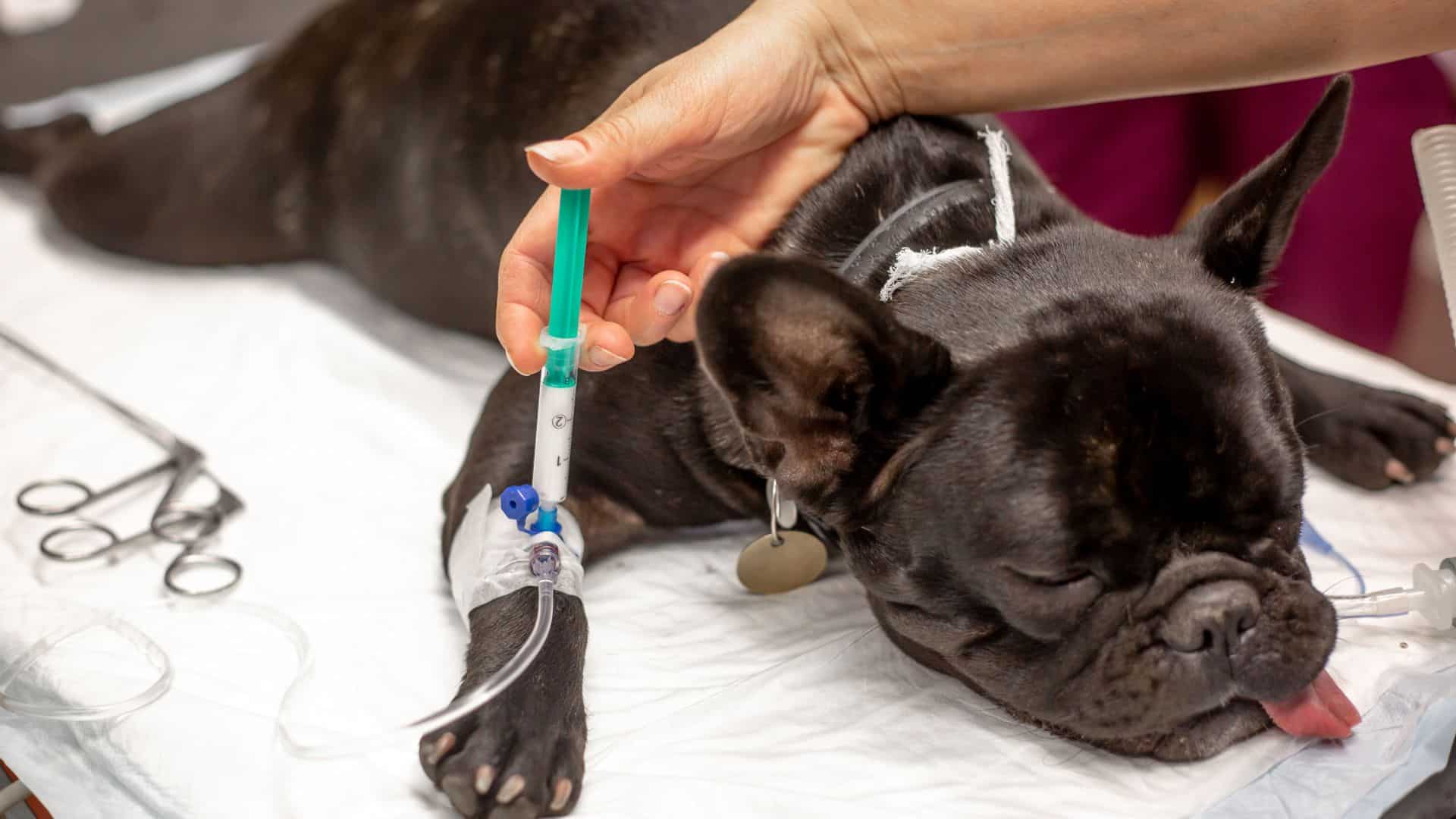Even after thirty-seven years, the Chernobyl Exclusion Zone (CEZ) is brimming with life. The thirty-kilometer radius (18.6 miles) that comprises the “off-limits” area around the city of Chernobyl is host to around 500 wild dogs.
Evacuating the city in a rush, countless owners left their pets behind. Many abandoned dogs died, but life did not stop. How did these former good boys and girls manage to survive through radioactivity and still grow in numbers? The answer is DNA mutations.
The Difference Between Chernobyl Dogs And Normal Dogs
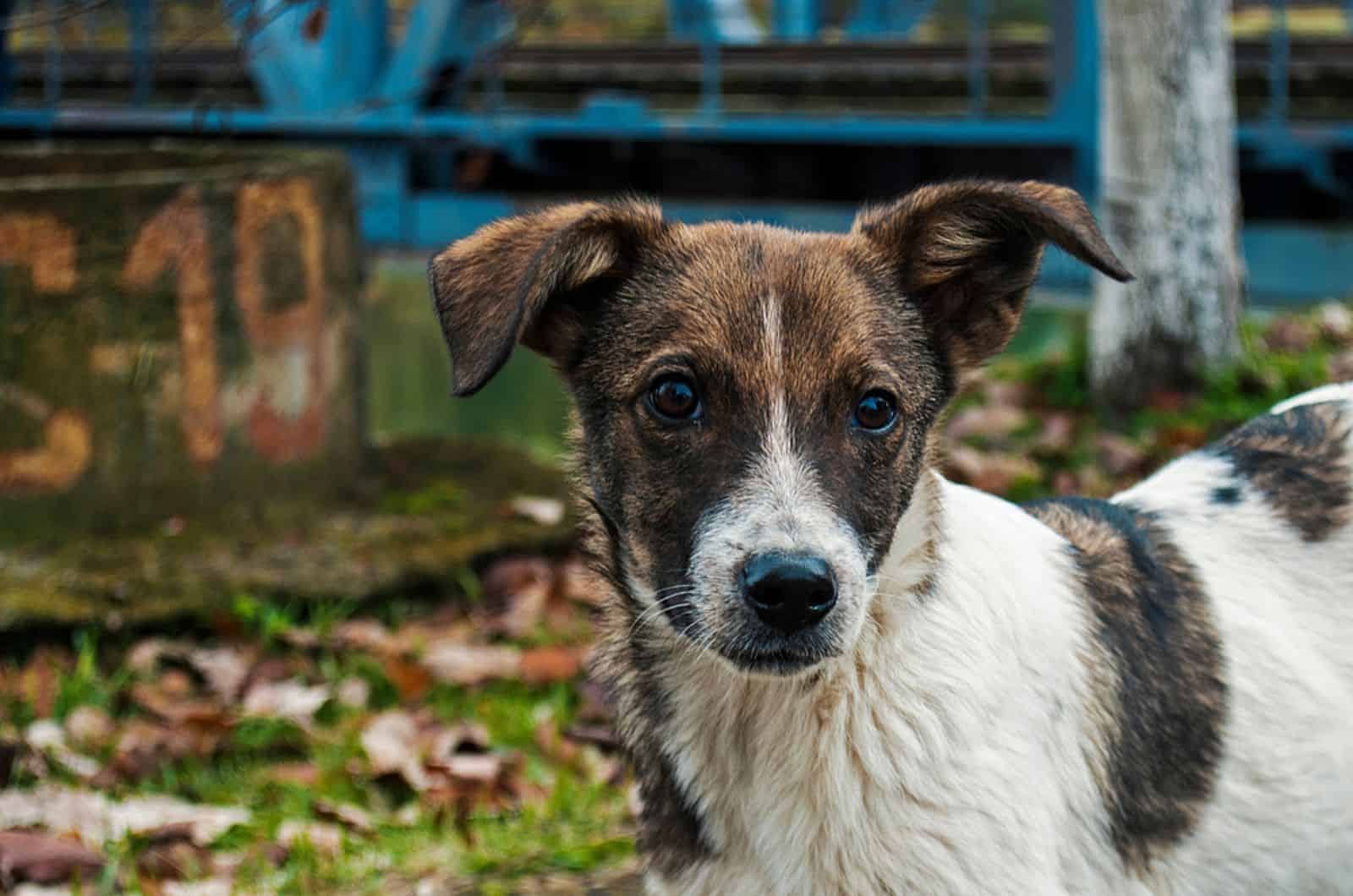
Research on DNA mutations in Chernobyl dogs is still novel. Since the packs that inhabit the area do not all live in one specific location, the differing levels of radiation and DNA mutation further complicate studying their genetic code.
In the aftermath of the reactor explosion, Soviet Army forces were ordered to exterminate the remaining dogs. Evacuated residents left notes asking for their dogs to be spared, but most were not.
No matter how many armed soldiers the army sent, dogs were always going to find a way to survive. Some moved in to the immediate vicinity of the plant, while others escaped into the woods.
High levels of radiation remained in the soil, vegetation, and the animals themselves. Its effect on the dogs was nothing like the movies represent. Radiation does not make dogs grow six legs or two heads.
The symptoms of radiation exposure in dogs include hematological changes, different types of cancer, and infertility [1]. Clearly, the canines of Chernobyl and the CEZ managed to overcome infertility, but their lifespan was reduced to four or five years, according to the CFF.
Out of the hundreds of dogs living in the area affected by radiation, the vast majority are mixed breed. Dogs found in the nuclear plant area and the large majority of those from the Chernobyl city area had a 10% match to German shepherd DNA [2].
Physically, the differences are very subtle. Youtuber Kyle Hill’s visit to the Chernobyl zone shows playful, healthy-looking mutts with unique coat colors and stocky bodies. The real difference is in terms of their genetic makeup and social behavior.
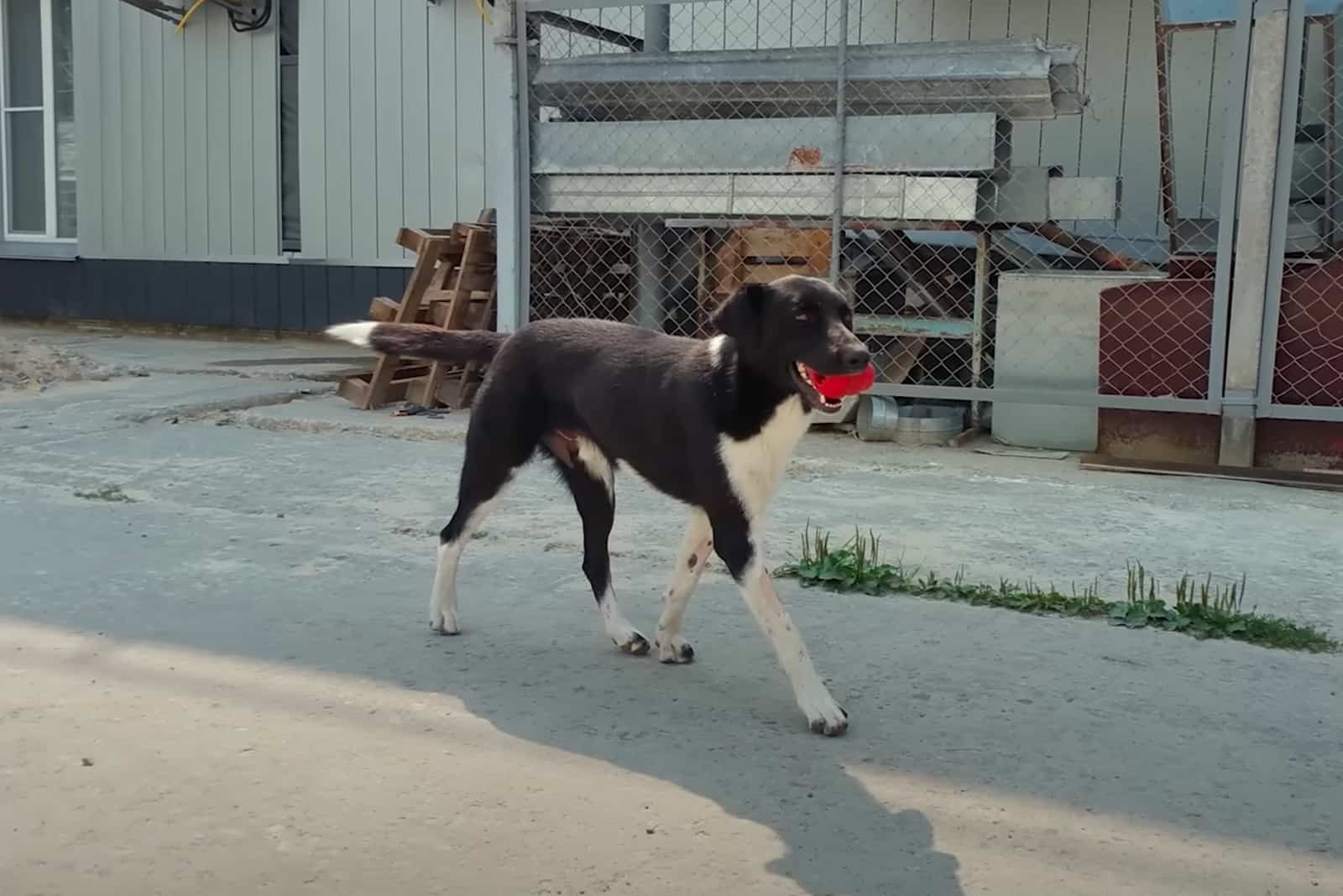
Testing The DNA Revealed An Astounding Possibility
Thanks to the Clean Futures Fund, the money raised from donations was used to increase the quality of life of Chernobyl dogs by providing health care, food, and the highly needed head and butt scratches.
The collected blood samples from 116 individual dogs living in the Plant and City areas were obtained during vaccination and sterilization of the two populations of dogs.
Even though the Plant and City dog populations live very close to each other, they seem to have avoided breeding with each other. Both groups showed multigenerational inbreeding, which points to a strong instinct of keeping the DNA mutations within the populations [3].
Researchers are not sure about which particular mutations helped the dogs survive and breed whilst exposed to the radiation levels of the nuclear fallout, but it is clear that the proximity to the plant and levels of radiation determined the “desireable” genes within populations.
This means that each family of dogs was bred in their familial circles. Inbreeding creates many issues like immune deficiency, congenital diseases, and exaggerated physical features, but these dogs did not seem to display any of those problems [4].
So, we have two main groups of dog populations that are close to each other but never mixed their gene pools.
The relatively healthy state of both can mean that they are aware of their different genetic make-up and that interbreeding is not prudent for survival in different areas of Chernobyl.
The Explanation Behind Coat Colors And Body Frames
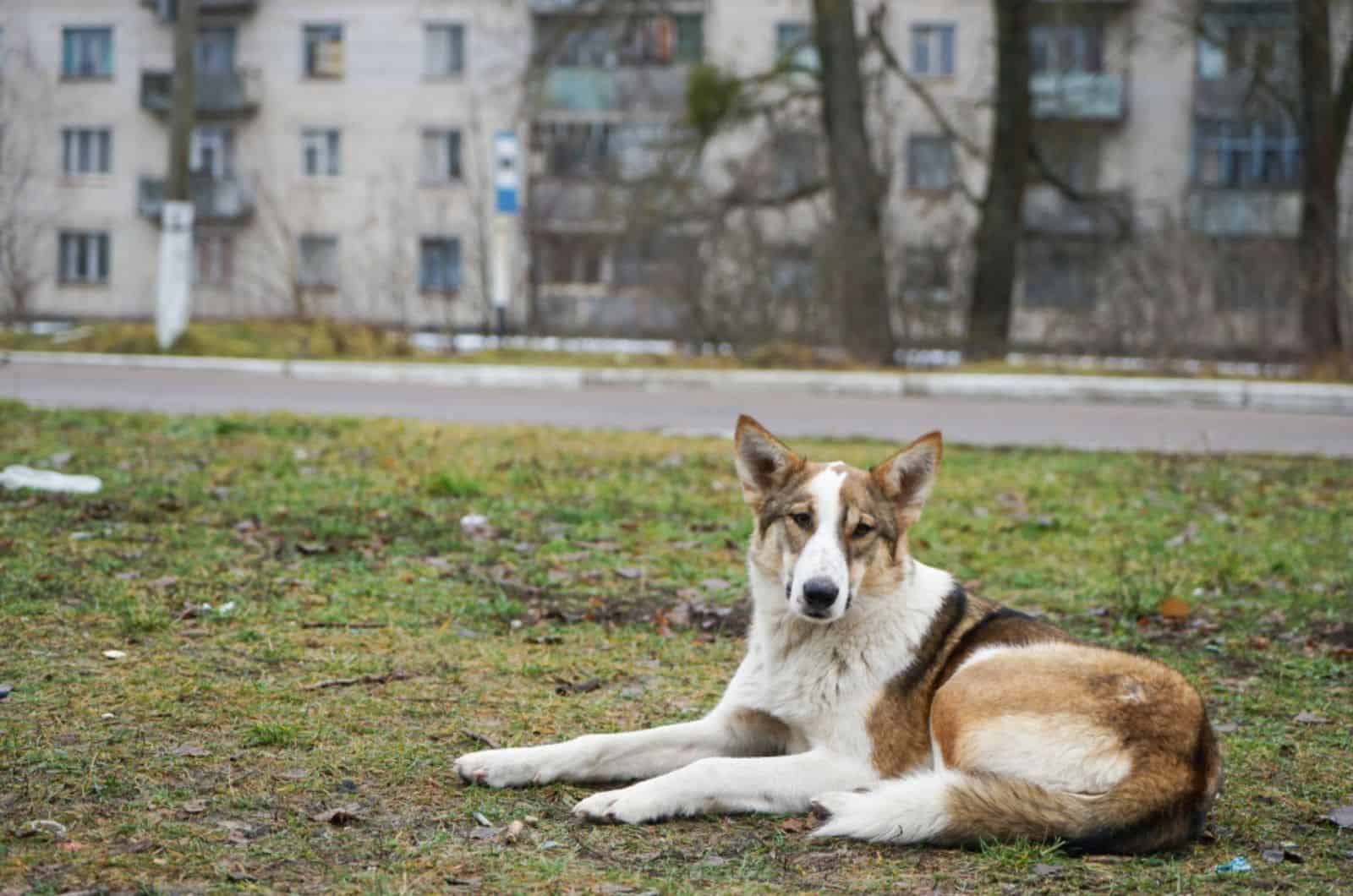
Although you might think that the radiation is the cause behind the DNA changes affecting their physical appearance, the cause is much less “exciting”.
With wolves residing on the furthermost reaches of the woods inhabited by Chernobyl dogs, the wild dog population was confined to the CEZ perimeter, and areas previously inhabited by humans.
Shepherding dogs, like the East European shepherd (native to Ukraine), seem to have their genetics well-established in the mutts found across Chernobyl. Their similarity to German shepherds is no coincidence, as they were bred from old-style GSDs and local dogs.
The Chernobyl and CEZ dogs have similar black and tan coat color combinations. Another coat color often found there is a Caucasian shepherd dog mix of different shades of gray. In general, there is no single point of origin for these color, but a pattern is apparent.
Another dog breed that seems to contribute to the Chernobyl dog gene pool is the East Siberian Laika dog. This is a Russian Spitz dog that was used for hunting and sled pulling.
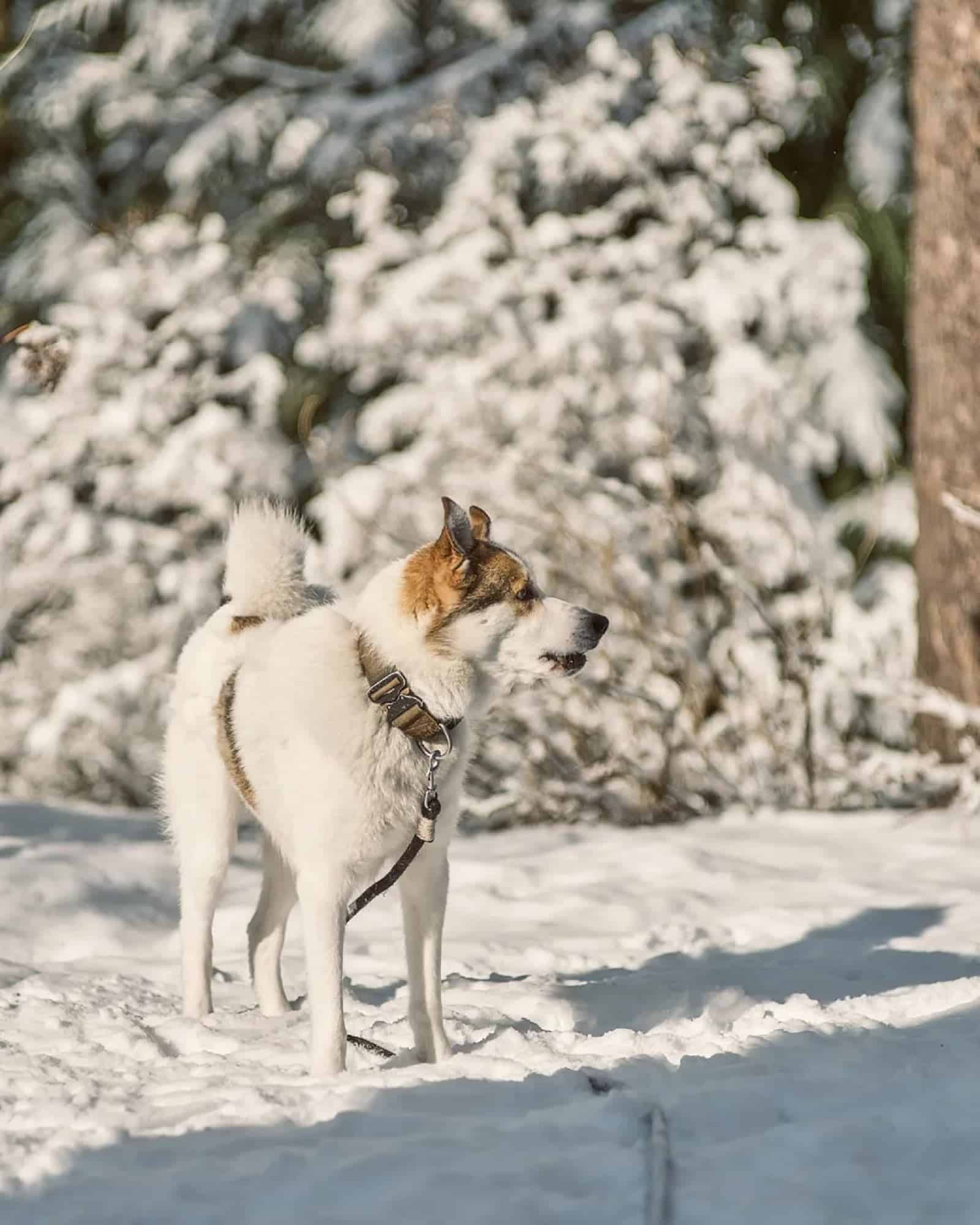
Similarly, the stocky build probably comes from the genetic pool of larger dogs, which, combined with the scarcity of food and cold climate, resulted in a smaller body more efficient at keeping calories and body heat.
Social Interaction And Pack Mentality Is Different In Chernobyl Dogs
Both intra and interspecies communication is different in the canine populations found in Chernobyl City and CEZ. These dogs are not just strays that live in an abandoned urban area.
Interactions are much more similar to wolf packs, where there is a clear social structure that has to be respected. The video below showcases these relations and pack dynamics.
However, there is more to their social distinctiveness. In the same video, Kyle says:
They are wild and wildly intelligent. They are so good at memorizing humans, in fact, that every year, CFF has to change the colors of all of their uniforms.
Why do they change them? Well, the dogs exclusively associate those uniforms with being “captured” for vaccination and neutering. Despite the CFF’s presence not being constant, these dogs are clearly wary of humans.
Noting that most Chernobyl dogs stay away from humans, but are not afraid of them, he also shows how affectionate puppies and adults can be. This is a learned behavior conditioned by the direct connection between humans and food.
Unfortunately, Chernobyl dogs starving to death was common for a long time, and is still present. The dog packs that developed good relationships with humans have better chances of staying alive.
Workers and military personnel at checkpoints feed them and provide shelter whenever possible. Playing with humans is another thing that the puppies in the video seem to have learned and expect whenever coming in contact with people.
What Does The Future Hold For Chernobyl Dogs?
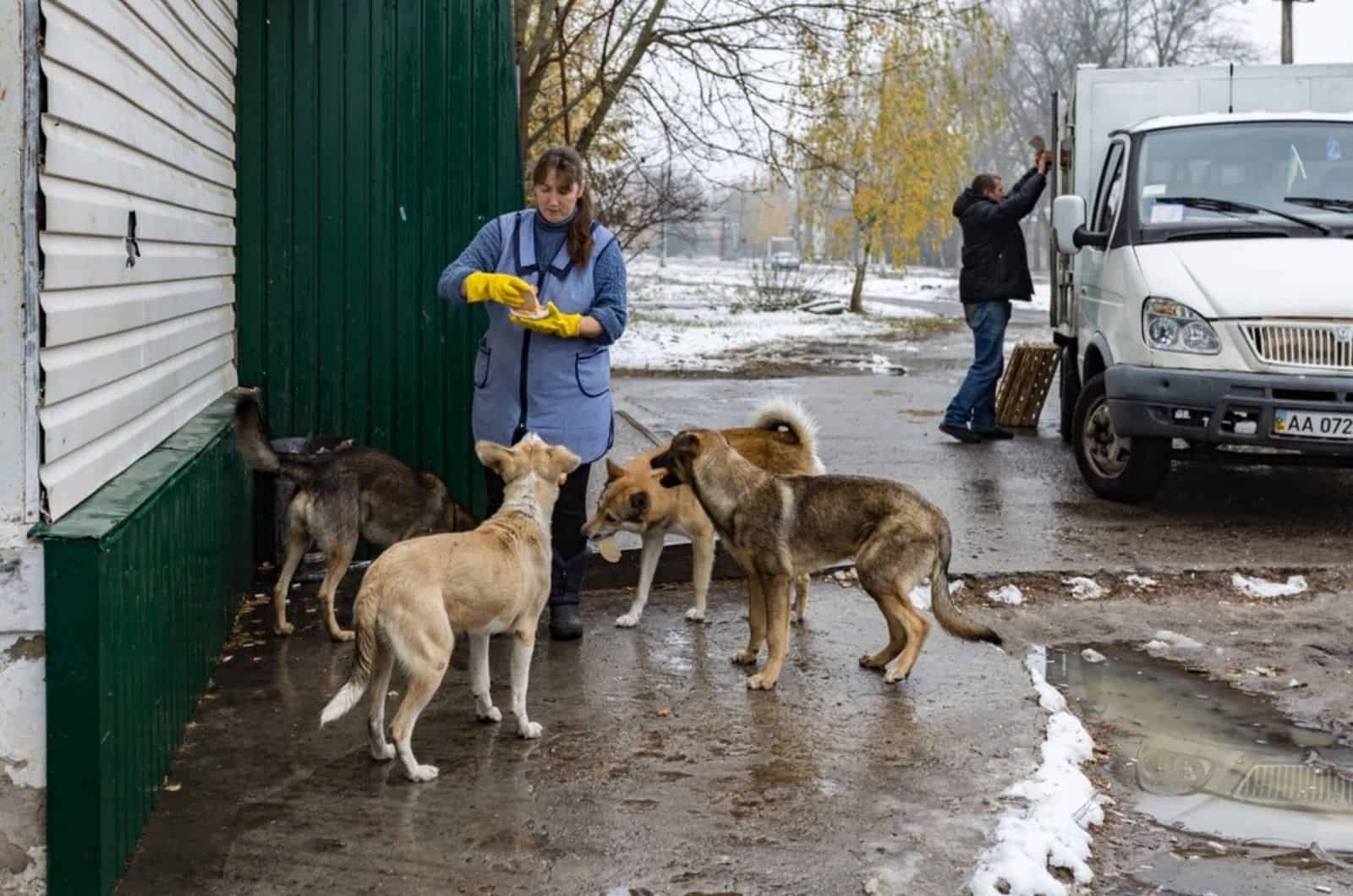
Although the canines that were left behind during the reactor explosion quickly adapted, survived, and procreated, the Society for the Prevention of Cruelty to Animals (SPCA) and CFF combined efforts to help people across the world adopt Chernobyl dogs.
It might sound worrisome, but these dogs were approved as safe for adoption by the CFF. Using radiation tracking ear tags, the CFF confirmed that the low levels of radiation were not harmful to potential adoptors.
Of course, not all Chernobyl dogs are safe (in terms of radiation levels) or healthy enough for adoption. Hope can be found in the human efforts to provide a good life for puppies, while still working on improving the quality of life of dogs that continue living in the Chernobyl area.
Whether through donating money or adopting a dog, everyone can help the Chernobyl dogs have a better life, no matter how short.
References:
[1] Spatola, G. J., Ostrander, E. A., & Mousseau, T. A. (2021). The effects of ionizing radiation on domestic dogs: A review of the Atomic Bomb Testing Era. Biological Reviews, 96(5), 1799–1815. https://doi.org/10.1111/brv.12723
[2] Dillon, M. N., Thomas, R., Mousseau, T. A., Betz, J. A., Kleiman, N. J., Reiskind, M. O., & Breen, M. (2023). Population Dynamics and genome-wide selection scan for dogs in Chernobyl. Canine Medicine and Genetics, 10(1). https://doi.org/10.1186/s40575-023-00124-1
[3] Lewis, R. (2023, March 9). The dogs of Chernobyl reveal the genomic aftermath of a human-made environmental disaster. DNA Science. Retrieved March 28, 2023, from https://dnascience.plos.org/2023/03/09/the-dogs-of-chernobyl-reveal-the-genomic-aftermath-of-a-human-made-environmental-disaster/
[4] RSPCA KNOWLEDGEBASE. RSPCA Knowledgebase. (2018, November 9). Retrieved March 28, 2023, from https://kb.rspca.org.au/knowledge-base/what-animal-welfare-problems-are-associated-with-dog-breeding/











